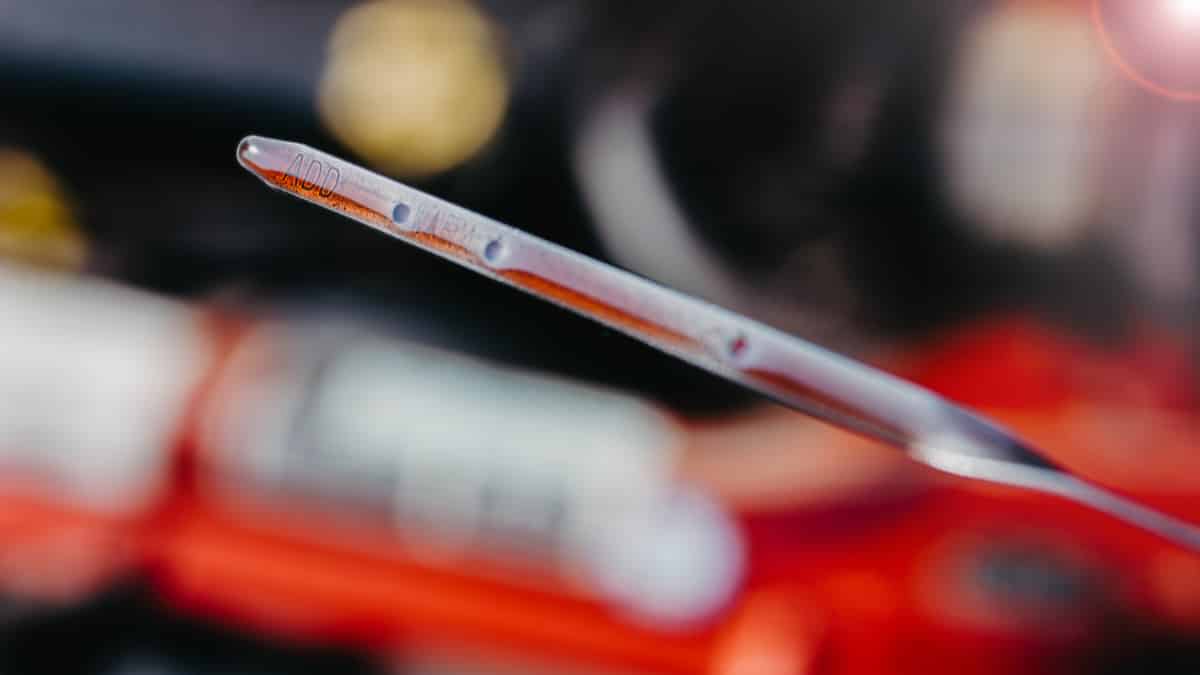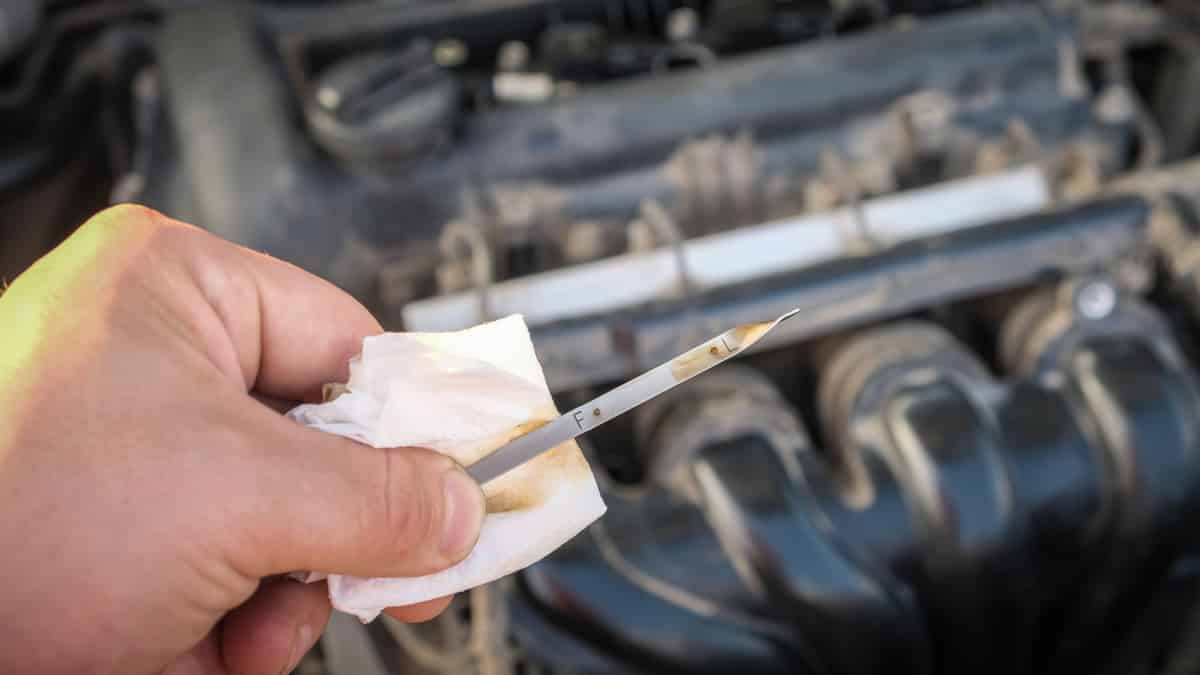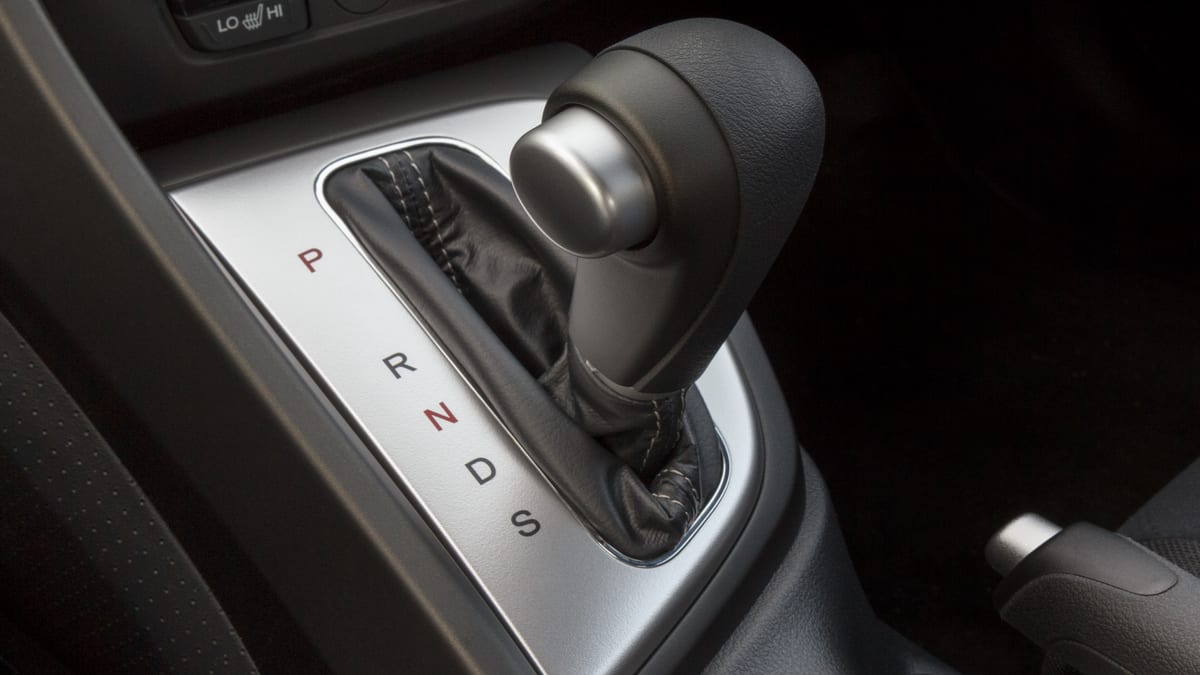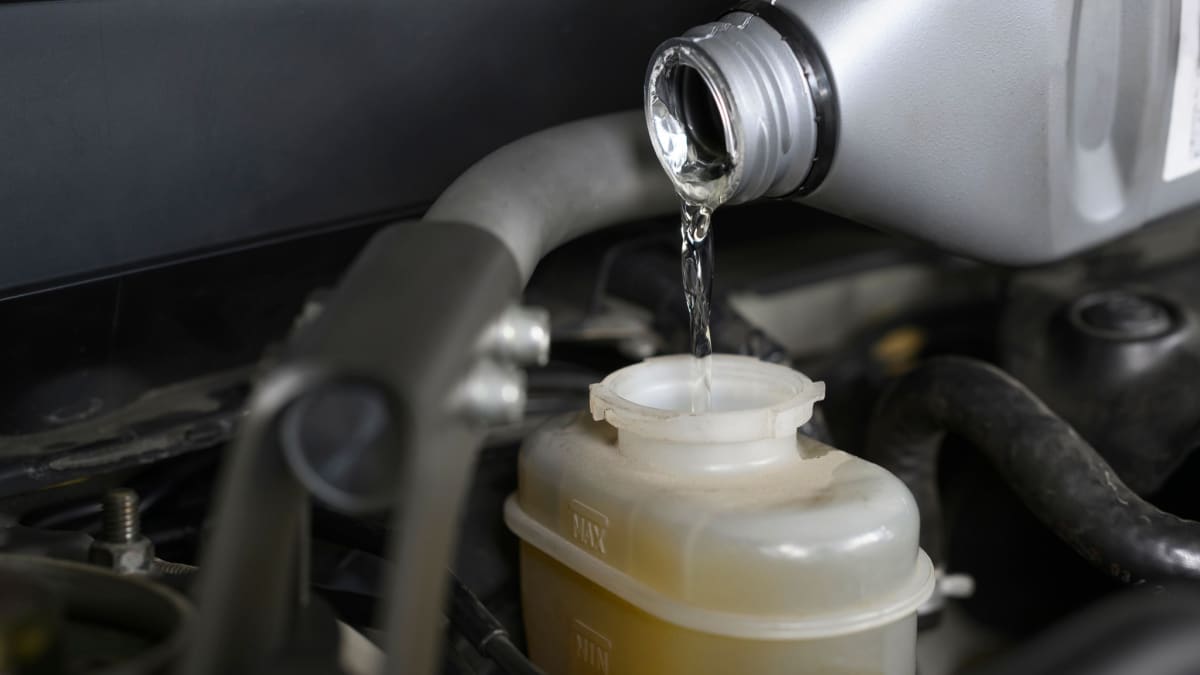There are many maintenance procedures that must be performed to keep your vehicle in its best condition. One recommended check is to examine the transmission fluid. You want to check the level and the condition of the fluid on a regular basis. So, what do you do if you don’t know how to check automatic transmission fluid?
In this guide, we show you how to check the automatic transmission fluid. We also cover what you should be looking for and how often it should be checked. Finally, we tell you what to do if there’s no transmission fluid dipstick with your vehicle and we illustrate the approximate cost of having the fluid changed.
How to Check Automatic Transmission Fluid
1. Park the car on level ground
Make sure the parking brake and parking are engaged to prevent accidents.
2. Locate the Dipstick
3. Check Condition
However, while it is out, you can clean the fluid off of the dipstick with a shop rag or lint-free towel. Evaluate the color and smell to ensure it’s in good condition.
4. Recheck the Dipstick Level
You want the transmission fluid line to hit the Full mark on the dipstick. If it needs more, add the appropriate automatic transmission fluid, but don’t overfill it.
How to Evaluate Transmission Fluid
1. Color
When transmission fluid is new, it’s normally bright and red. It should also be transparent. If the transmission fluid starts to look brownish or a darker red, it might not be new anymore. These darker colors reveal contamination of the fluid. It would be wise to change the fluid at this point.
If you see black transmission fluid, you are in a worse situation. The fluid has become burnt, likely due to some kind of transmission issues. You should see a transmission specialist to figure out what’s going on.
RELATED: Transmission Fluid Color Chart (5 Different Colors)
2. Smell
Transmission fluid can have a quite strong smell, but it shouldn’t smell burnt.
If the fluid smells like burnt toast, you should be alarmed. This burnt smell means that the transmission is suffering from issues. It’s probably also black-colored, as discussed above.
3. Consistency
It’s natural for automatic transmission fluid to appear a little thicker than when it was new. This shouldn’t cause you to worry at all. The closer to new fluid it looks like, the better the condition is.
You should still be able to see through the fluid, showing that there are no particles inside. If you see particles or contaminants, you need to look closer. Any metal shavings in the fluid could indicate possible transmission failure. Additionally, if the liquid has become foamy, you might have used the wrong type or the transmission has been overheating. Either way, you want to take quick steps to correct the problem before it becomes worse.
RELATED: Overfilled Transmission Fluid (What to do?)
How Often Should You Check Transmission Fluid?
When it comes to checking car fluid levels, it’s best to have a monthly appointment to give everything a quick glance. You can pull the transmission dipstick, check the oil, fill up the windshield washer fluid and evaluate tire pressures. With all of these tasks together, you ensure that problems are caught early, so permanent damage is less likely.
However, there are times when more frequent checks are recommended. If you are hard on your vehicle, such as regularly towing or hauling heavy equipment, you might want to check the fluid level weekly. You should also check it more often if you drive in severe climates, such as dusty and sandy environments.
Aside from checking the transmission fluid, regular maintenance is also important. Every manufacturer sets a maintenance schedule that you should follow. The guidelines will be outlined in your owner’s manual. However, the recommendation is usually to have the transmission fluid changed every 30,000 to 60,000 miles. You might also consider a transmission fluid flush every 90,000 miles.
Many newer vehicles have intervals set at 100,000 miles or more before the first automatic transmission fluid change. However, this interval seems to alarm most professional mechanics, so you must use your own discernment about what’s best for your model.
What if There’s No Transmission Fluid Dipstick?
Modern vehicles are now being built with sealed transmissions. These high-end transmissions don’t come with a dipstick because some of them are hailed as being maintenance-free. According to the manufacturers, you will never need to perform maintenance on the transmission, so there’s no reason for the dipstick.
However, there are also vehicles with sealed transmissions but with an electronic level sensor instead of a dipstick.
If you suspect your automatic transmission has an electronic transmission level sensor, check your owner’s manual for the correct procedure for finding the transmission fluid level.
Cost to Change Automatic Transmission Fluid
If you can change the transmission fluid yourself, you may only spend an average of $50. The most important consideration is to purchase the right transmission fluid for your vehicle, as there are different kinds.
If you don’t feel skilled enough to change the transmission fluid yourself, you must take your vehicle to a professional shop. At this shop, you might spend $50 to $250 on the fluid change. The price depends on what type of vehicle you drive, how much fluid is needed and where the shop is located. If you go to an independent lube shop, you will spend the least, but the mechanics aren’t usually factory-trained. On the other hand, you will spend more to visit a dealership or specialized transmission shop, but the experts have more knowledge of the vehicle, thereby offering some additional peace of mind.
RELATED: How Much Does a Transmission Fluid Change Cost?
Do you check automatic transmission fluid with the car running?
Yes, in most car models you should check the automatic transmission fluid level with the car engine running. If you check it with the engine off, it will show you a much higher level. Check your owner’s manual for the correct procedure in your car model.
Do you check automatic transmission fluid hot or cold?
It is best to check the automatic transmission fluid level when the fluid is warm in most car models. However, it depends on the car model, so it is better to check your owner’s manual. In many vehicles, you should check the transmission oil at a specific fluid temperature, but it can be difficult to determine without the right diagnostic tools.
How long do you let the car run before checking the transmission fluid?
You should let your car engine run for 5 to 10 minutes before checking the transmission fluid. This will ensure that the fluid is not too hot or too cold. However, check your owner’s manual for the correct procedure for your car model.
Do you leave the car running when adding transmission fluid?
Yes, it’s a good idea to top up the transmission fluid with the engine running, as this will pump the new transmission fluid around. However you can also fill it with the engine off, but you still need to let the fluid run in the system for a while before checking the fluid level again.
Categories: Transmission













